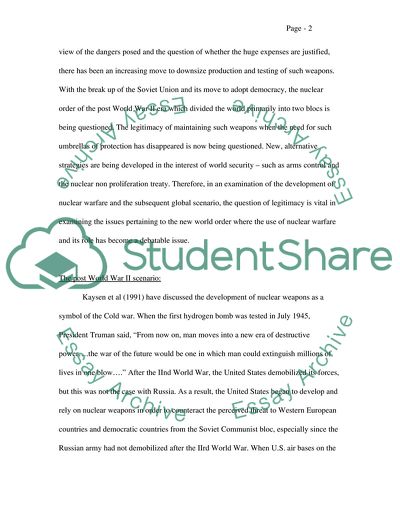Cite this document
(Legitimacy and the International Nuclear Order Essay, n.d.)
Legitimacy and the International Nuclear Order Essay. Retrieved from https://studentshare.org/military/1705943-the-problem-of-legitimacy-is-central-to-the-problem-of-international-nuclear-order
Legitimacy and the International Nuclear Order Essay. Retrieved from https://studentshare.org/military/1705943-the-problem-of-legitimacy-is-central-to-the-problem-of-international-nuclear-order
(Legitimacy and the International Nuclear Order Essay)
Legitimacy and the International Nuclear Order Essay. https://studentshare.org/military/1705943-the-problem-of-legitimacy-is-central-to-the-problem-of-international-nuclear-order.
Legitimacy and the International Nuclear Order Essay. https://studentshare.org/military/1705943-the-problem-of-legitimacy-is-central-to-the-problem-of-international-nuclear-order.
“Legitimacy and the International Nuclear Order Essay”, n.d. https://studentshare.org/military/1705943-the-problem-of-legitimacy-is-central-to-the-problem-of-international-nuclear-order.


